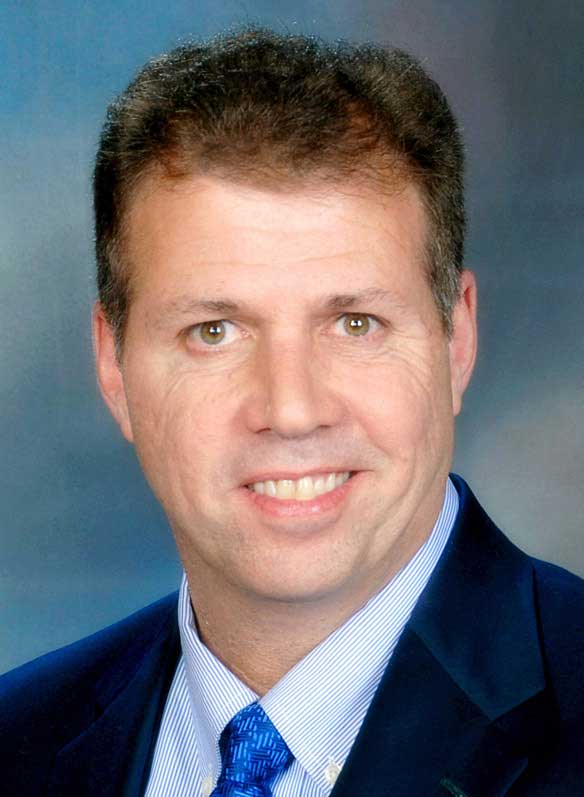New medical research and technologies
Resveratrol, Google Glass and new treatment for plantar fasciitis
News worth toasting
Drinking red wine may help lower your risk for dementia, according to researchers at Texas A&M Health Science Center College of Medicine. However, they warn that moderation is the key. The researchers just published a study that showed a compound found in common foods such as red grapes and peanuts may help prevent age-related decline in memory.
Resveratrol is an antioxidant that is found in the skin of red grapes, as well as in red wine, peanuts and some berries. It has been widely touted for its potential to prevent heart disease. However, it also has positive effects on the hippocampus, an area of the brain that governs memory, learning and mood. As we age, we experience a decline in cognitive capacity and the findings may have implications for treating memory loss in the elderly. Resveratrol may even be able to help older adults afflicted with severe neurodegenerative conditions such as Alzheimer’s disease.
In a study published online Jan. 28 in Scientific Reports, researchers report on favorable animal studies, in which neurogenesis (the growth and development of neurons) approximately doubled in the lab animals given resveratrol. The resveratrol-treated animals also had significantly improved microvasculature, indicating improved blood flow.
“The study provides novel evidence that resveratrol treatment in late middle age can help improve memory and mood function in old age,” said study investigator Ashok Shetty, PhD, who is the Director of Neurosciences at the Institute for Regenerative Medicine at Texas A&M.
Google Glass may improve healthcare delivery in Alaska
The ‘wearable technology’ Google Glass has a wide range of possible applications in medicine and is now offering to bring some new surgical expertise to Alaska in a way never before possible. Initial interest has been around the potential to enhance surgical training, medical documentation, and patient safety. However, it may also bring the top surgeons to rural areas of Alaska.
Drs. Christopher Davis and Lorne Rosenfiel of Stanford University are now reporting on the first plastic surgery procedure performed using “Glass” in the March 2015 issue of Plastic and Reconstructive Surgery. The authors also systematically review and analyze previous reports on medical and surgical uses of Google Glass.
Introduced on a limited basis in 2013, Glass is a hands-free, computerized eyewear that can present information to the wearer and enable recording and sharing of video. Although Glass is not currently available to the public, the technology is being developed extensively for healthcare.
With the ability to control the device hands-free using voice commands, touch or head position, Glass is a natural technological addition to the operating room. The ability to demonstrate surgical procedures, live or recorded, has obvious applications for training. New sharing of expertise among physicians in Alaska and physicians in the lower 48 can now be accomplished in an entirely new way. Glass technology many enable surgeons to receive remote consultations and even “virtual assistance” during actual procedures.
Glass may also be useful in providing rapid access to medical documentation. For example, physicians could call up and view necessary medical records, imaging studies or checklists. However, there are still many logistical, ethical and hospital legislative issues that will need to be addressed before Glass can be fully embedded and adopted widely.
A new approach to treating plantar fasciitis
Individuals suffering from chronic plantar fasciitis now have a new weapon against this debilitating foot ailment. Researchers are using ultrasound imaging and energy to penetrate, emulsify and remove diseased fasciitis tissue. Permanently removing damaged, pain-generating tissue then allows room for healthy tissue to regrow in its place.
“Plantar fasciitis is so ubiquitous and such a difficult condition to live with, and yet patients have been limited in their treatment options,” said researcher Dr. Rahul Razdan, who is an interventional radiologist at Advanced Medical Imaging in Lincoln, Nebraska. “While standard treatments such as pain medication and physical therapy can offer some relief, there have been no permanent answers. Consequently, safe and effective definitive treatments are highly desirable.”
The researchers conducted a study with 100 patients who had chronic, refractory plantar fasciopathy, and had previously failed to respond to medications, activity modification and arch supports. Two weeks after treatment, greater than 90 percent of patients reported improvement in symptoms, and these improvements were maintained at six months. Patients also reported being highly satisfied with the treatment and had no treatment-related complications.
“It is important for patients suffering from chronic plantar fasciitis to know that they have treatment options,” added Dr., Razdan. “We have patients who are in so much pain they can’t even play with their kids or take their dog for a walk. This ultrasonic treatment can give patients their lives back and let them enjoy their lives.”
John Schieszer is an award-winning national journalist and radio broadcaster of The Medical Minute. He can be reached at medicalminutes@gmail.com.









